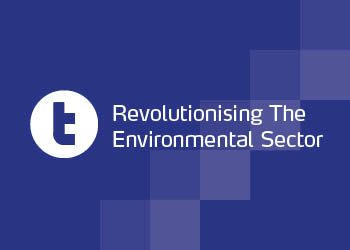Defra has published a whole range of statistics on the waste and resource sector that shows commercial and industrial waste arisings are on the increase.
During the period 2009 to 2012, arisings increased from 44,998,000 tonnes to 47,567,000 tonnes in the UK.
The largest sector by far was the services sector, but this actually saw its waste arisings fall slightly from 27,620,000 tonnes to 27,531,000 between 2009 and 2012.
Electricity, gas and steam supply was the next largest sector with its waste arisings increasing from 3,907,000 tonnes in 2009 to 4,965,000 tonnes in 2012.
More positively, between 2011 and 2012, the Defra stats show that packaging waste arisings fell, while recycling increased.
Secondary Commodity Markets 2015 – the conference for buyers and sellers of recyclable materials takes place on 3 March 2015 in London. Find out more here
Total packaging arisings in 2011 were 10,929,700 tonnes but by 2012 this had fallen to 10,655,300 tonnes. In 2011, 6,641,900 tonnes was recovered to recycled, but this increased to 7,365,000 tonnes as waste arisings fell in 2012.
This meant 67.1% of material was recycled or recovered in 2011, increasing to 69.1% in 2012. This means the European Union target of 60% was easily met.
Paper represented the largest amount of packaging waste with 3,817,900 tonnes arising in 2011 – this increased slightly to 3,848,400 tonnes by 2012.
However, the recycling rate of 84.8% in 2011 and 86.5% in 2012 easily surpassed the 60% EU target.
Arisings of glass packaging fell considerably from 2,740,000 tonnes in 2011 to 2,399,200 tonnes in 2012, with the recycling rate increasing from 63.9% to 67.8% in the same period.
Plastic recycling also increased with 24.2% of the 2,515,800 tonnes recovered or recycled in 2011. This increased to 25.2% of 2,553,600 tonnes in 2012.
Worryingly, steel and aluminium packaging recycling actually fell in this two-year period.
A total of 73,700 tonnes of aluminium was recovered or recycled out of 160,900 tonnes of arisings in 2011. While the amount of packaging increased to 162,200 tonnes in 2012, the amount recovered dropped sharply to 62,400 tonnes.
This means the recycling rate fell from 45.8% to 38.5%.
Steel also saw its recycling rate fall from 57.6% in 2011 to 55.5% in 2012.
While overall, metal packaging recycling exceeded its 50% EU target, it did this much more easily in 2011 with 55.3% recycling compared to 52.1% in 2012.
The Defra Digest of Waste and Resource Statistics – 2015 Edition also looks at raw material usage in the UK, the waste hierarchy, waste composition, food waste and the economic characteristics of the waste sector among statistics.
On the economic characteristics of the waste sector, there has been a mixed picture.
Overall, the waste sector has grown faster than the overall economy, but Defra shows that the 2008-09 recession caused a big fall in the sector that has yet to be recovered.
While waste collection improved from £2,131 million in gross added value in 2008 to £2,642 million in 2013 (actually peaking in 2012 at £2,793 million), both waste treatment and disposal and materials recovery fell in value.
Waste treatment and disposal dropped from £1,582 million in 2008 to £1,434 million in 2013 (although its lowest point was in 2009 at £1,094 million).
The picture for materials recovery was volatile with it at £1,936 million in 2008, but falling to £1,354 million in 2013. But 2009 was actually its lowest point at £1,317 million and 2011 its highest at 2,054 million.












